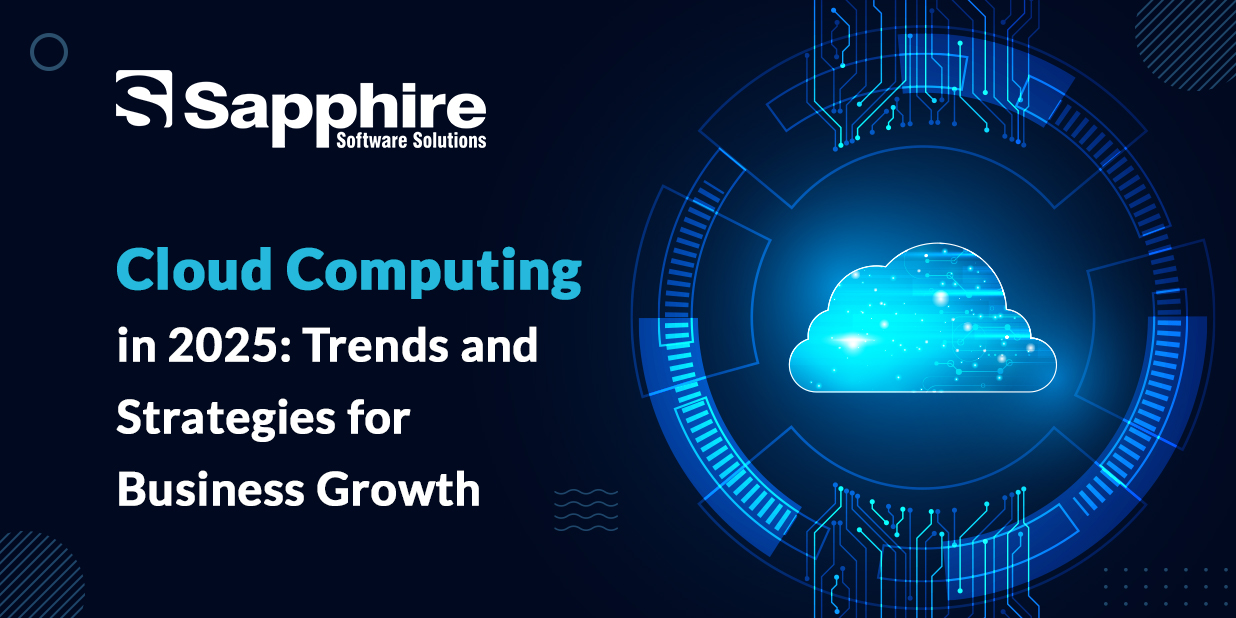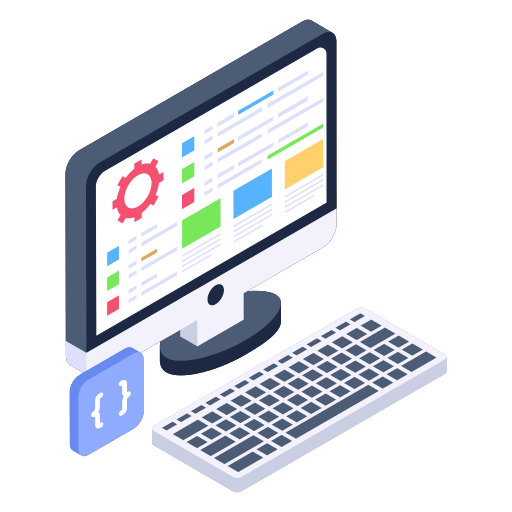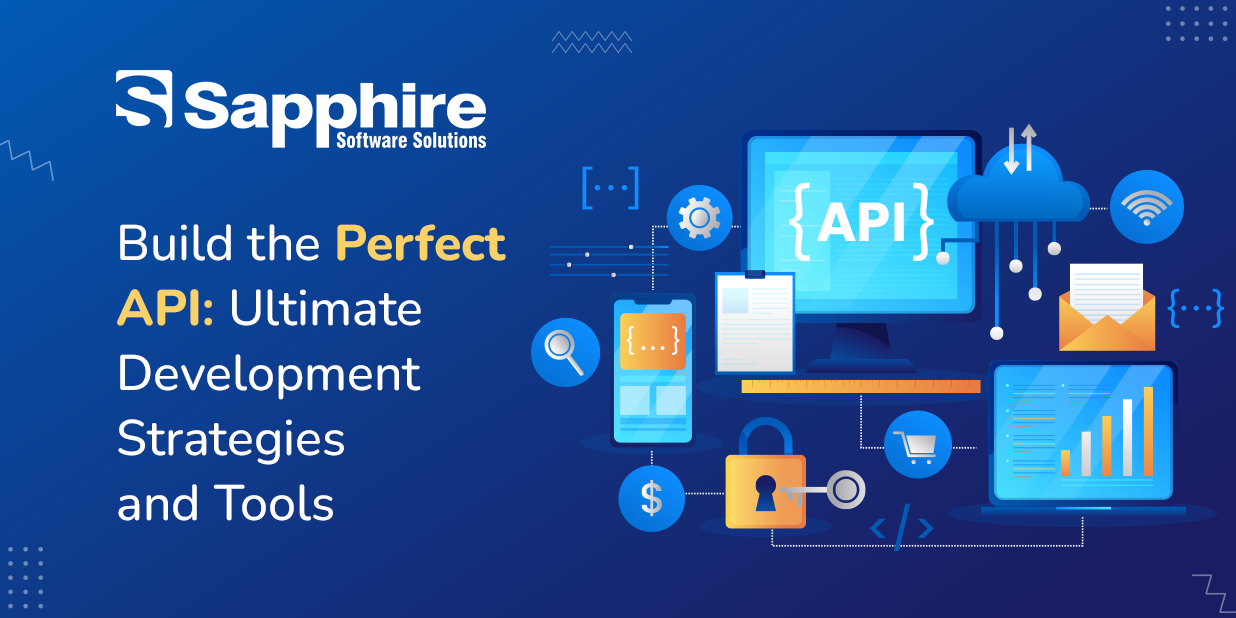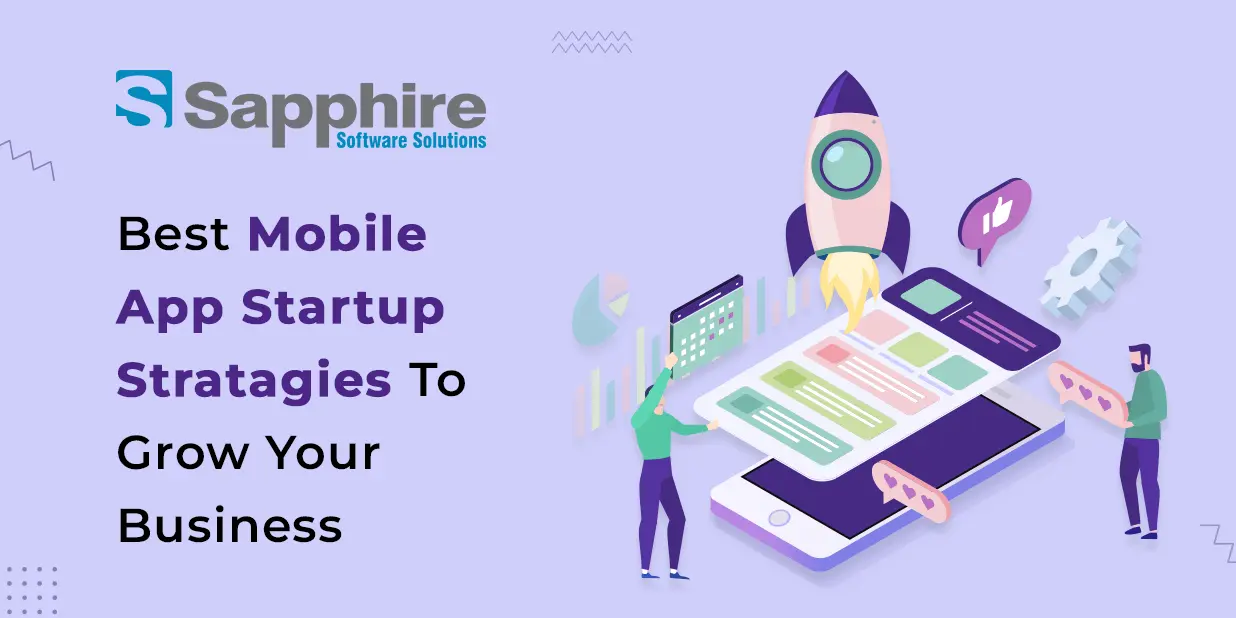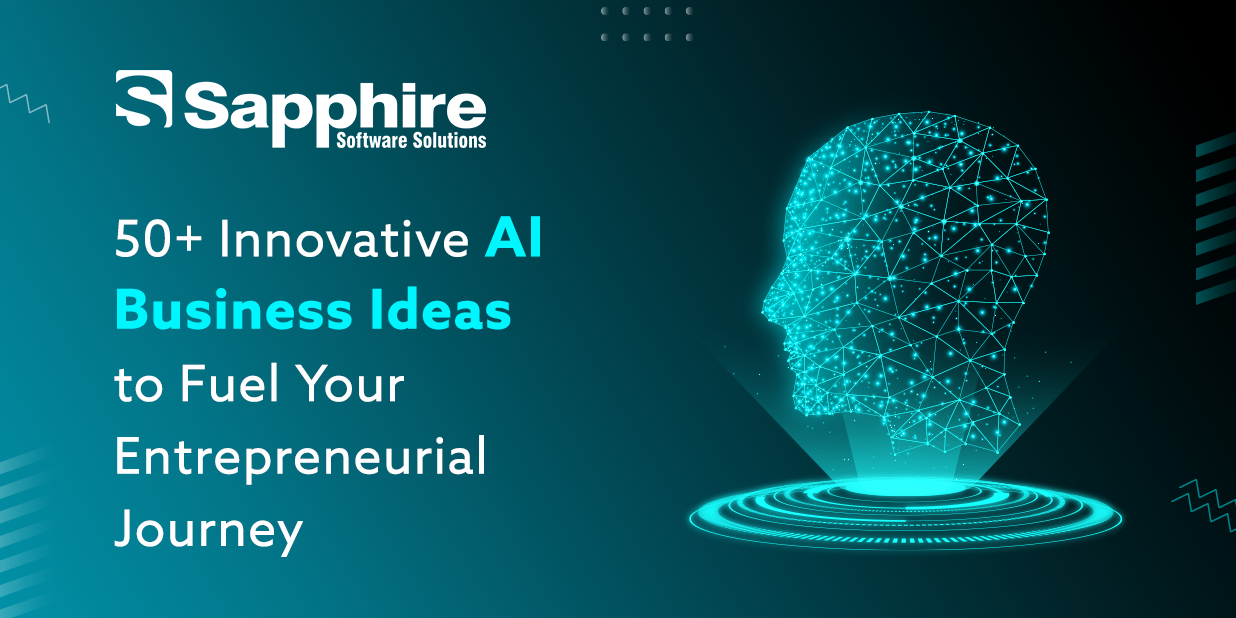What Is Cloud Computing? What the Role of a Cloud Computing Engineer?
Cloud computing means renting someone else’s computers instead of buying your own.
Remember those beige server boxes gathering dust in your office closet? The ones making that weird noise nobody wants to investigate? Cloud computing lets you dump that headache entirely.
It’s like the difference between owning a car (expensive, sits unused 90% of the time, you handle all maintenance) versus using Uber (pay per use, someone else deals with the problems).
I was the skeptic at our marketing agency – “we need our servers where we can see them!” Then we tried moving just our email to the cloud. No more weekend calls about the Exchange server crashing. No more expensive upgrades. Just… it worked. I became a cloud evangelist overnight.
And the folks making this magic happen? Cloud computing engineers. These aren’t your stereotypical IT guys with the social skills of a rock. Well, some are, but the good ones combine technical knowledge with business savvy.
A solid cloud computing engineer translates business needs into technical solutions. They’re part plumber (fixing the pipes that move data), part architect (designing systems that don’t collapse under pressure), and part financial advisor (keeping cloud bills from giving you heart attacks).
Our cloud computing engineer Maria saved us $30K last year just by identifying zombie resources we were paying for but not using. Worth every penny of her salary.
When hiring a cloud computing engineer, skip the buzzword bingo. Ask them to explain how they’d solve a specific business problem you have. The ones who start with “it depends” and ask clarifying questions before recommending a solution? Those are the keepers.
Top Cloud Computing Technologies You Must Need to Know:-
I’m goanna skip the boring technobabble and focus on cloud computing technology that’ll impact your business:
Virtualization: The Magic Behind the Curtain
Virtualization is why cloud computing works at all. It takes one physical computer and splits it into multiple virtual ones – each thinking it has the whole machine to itself.
Before virtualization, our servers ran at maybe 15% capacity – a ridiculous waste. My lightbulb moment came when our IT guy showed me that we could run 8 server instances on one physical box. “So, we’ve been buying 7x more hardware than we need for years??” Exactly.
Containers: Software Shipping Containers
Docker, Kubernetes – you’ve probably heard the terms thrown around. Think of containers like standardized shipping boxes for software. Before shipping containers, loading cargo was a nightmare – everything had different packaging. After standardization? Loading time dropped from days to hours.
Same with software containers. We containerized our custom inventory app last summer. Deployment time went from “order pizza and hope we finish by midnight” to “done before the first cup of coffee gets cold.
Serverless: The Name That Confuses Everyone
Yes, there are still servers involved in serverless computing. No, you don’t have to think about them.
Serverless is like those fancy restaurants where the staff anticipates your needs before you even know them. You just write code, it runs when needed, and you pay only for what you use.
Edge Computing: For the Speed Freaks
Cloud data centers are huge but centralized. Edge pushes computing closer to where you need it.
My cousin’s manufacturing plant uses edge computing for quality control. The cameras analyzing products for defects can’t wait for data to travel to some distant data center and back – they need answers NOW. Edge computing gives them that speed.
List of Cloud Computing Types: Private, Public, and Hybrid Explained
After helping a bunch of companies figure out which approach works best, here’s my take on cloud computing types of services:

Public Cloud: The Apartment Building Approach
AWS, Azure, Google Cloud – these are like renting an apartment in a massive complex. You share walls (infrastructure) with neighbors, but it’s WAY cheaper than buying a house. Maintenance? Not your problem. Our startup clients almost always go public cloud. When you’re trying to prove your business model before running out of cash, spending precious capital on servers is insane.
Private Cloud: Your Personal Cloud Kingdom
Private cloud gives you cloud benefits, but hardware is dedicated just to you. It’s like having your own house instead of sharing an apartment building.
We moved a healthcare client to private cloud after their CFO had a meltdown about patient data. Was it necessary? Probably not – public clouds have excellent security. But sometimes perception and peace of mind matter more than technical arguments.
Hybrid Cloud: Having Your Cake and Eating It
Most larger companies end up with hybrid setups. Some stuff on private infrastructure, other things in public clouds. Our retail client keeps customer payment info on private systems (regulated PCI compliance stuff) but runs their website and inventory on public cloud. Not the simplest setup, but it balanced security, compliance, and cost. I joke that hybrid cloud is like having both a house in the suburbs AND a city apartment. More options, but also more maintenance headaches and a more complex life.
Understanding Cloud Computing Architecture:-
Thinking about cloud computing architecture might cure insomnia, but getting these basics right saves massive headaches later:
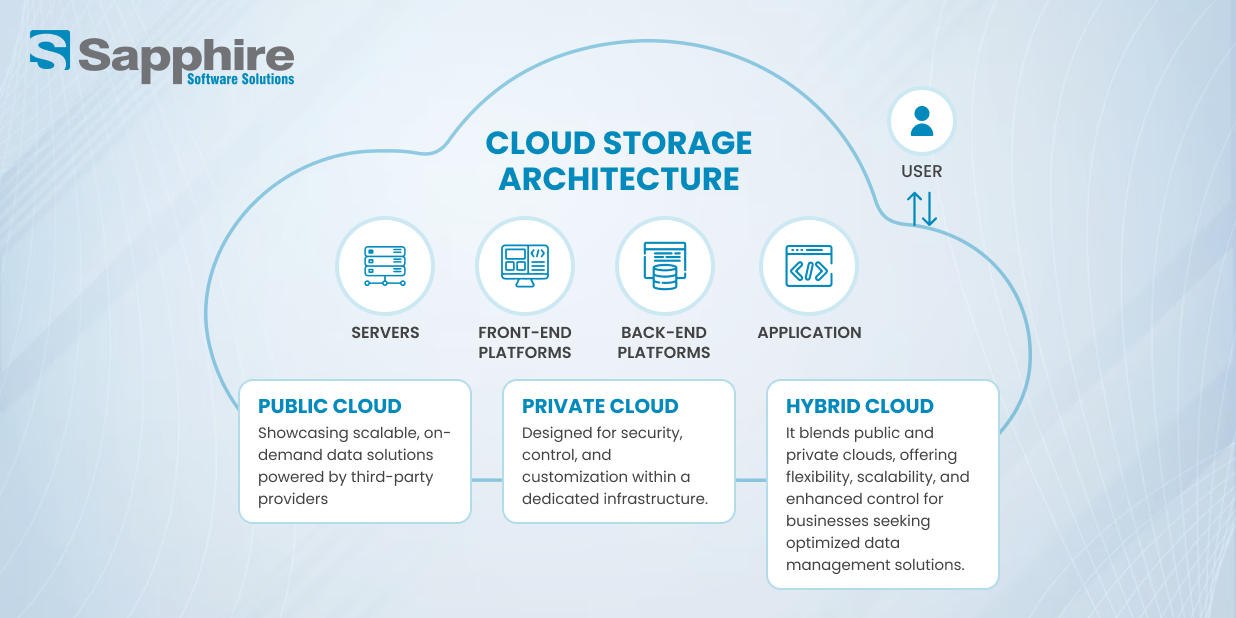
Front-End: The Pretty Face
This is what users see and click on – your website, app, whatever. Good cloud computing architecture ensures this layer stays responsive even when problems happen behind the scenes.
We learned this lesson the hard way when our client’s Black Friday sale brought their entire system down. Now we design assuming failure will happen and build in graceful degradation.
Back-End: Where the Actual Work Happens
Servers, databases, storage – this is the engine room. The magic of cloud computing architecture is how these resources can expand or shrink automatically as needed. I remember manually adding server capacity before big marketing campaigns. Now? The system handles it automatically while we sleep.
Cloud Computing Delivery Models: The Responsibility Spectrum
These delivery models determine who handles what:
- Infrastructure as a Service (IaaS): You get raw computing power and do everything else yourself. It’s like buying a plot of land and building your own house from scratch.
- Platform as a Service (PaaS): The provider handles the underlying plumbing, you just deploy your applications. It’s buying a house where the foundation and utilities are already set up.
- Software as a Service (SaaS): You just use the finished product. It’s like checking into a hotel – everything’s done for you. We started with SaaS for the easy stuff (email, accounting) then mixed in some PaaS for our custom applications. We only use IaaS for very specific workloads when we need unusual configurations.
These different cloud computing models aren’t better or worse – they just shift who’s responsible for what parts of the system.
Cloud Computing Benefits for Businesses:-
Cut through the marketing hype, here are the benefits of cloud computing I’ve seen make a difference:
Money Stuff That Actually Matters:
Cloud computing transforms IT from massive sporadic purchases to predictable monthly costs. One manufacturer I worked with was staring down a $280K hardware refresh for their ERP system. Moving to cloud dropped this to about $4.5K monthly with BETTER performance. But beware – cloud costs require active management. We had one client whose bill mysteriously doubled each month. Turns out a developer set up test systems and forgot about them. Oops.
No More Capacity Panic:
Remember planning capacity for physical servers? “Well, our peak traffic might be 5x normal, so we better buy for that even though the servers will sit idle most of the time.” Our events client used to massively over-provision for ticket sales. With cloud computing, they scale up for the 3 hours when concert tickets drop, then scale back down. Their infrastructure perfectly matches actual demand.
Disaster Recovery That Works (Because You Actually Test It):
Everyone has disaster recovery plans. Almost nobody tests them properly because it’s too disruptive with physical systems. Cloud changes that equation completely. We regularly test our clients’ DR plans because it’s just spinning up new cloud instances – not physically rebuilding servers.
When our law firm client’s office literally caught fire (don’t put paper storage next to old electrical panels, folks), they were back online in 45 minutes. From another state. The pre-cloud version of that scenario? Weeks of downtime and probably a business-ending event.
Most Popular Cloud Computing Applications Across Industries:-
Different industries leverage cloud computing applications in ways that directly impact their bottom line:
Healthcare That Doesn’t Make You Wait Forever:
Medical practices run electronic health records in the cloud to access patient info from anywhere. One clinic slashed wait time after implementing cloud systems. My favorite doctor now uses her tablet to access my records while we talk. No more flipping through paper charts or typing while making eye contact with the computer instead of me.
Retail That Doesn’t Lose Your Order:
Retailers use cloud computing to unify online and in-store experiences. Our clothing retailer client finally achieved the holy grail: seeing all inventory in real-time. Now when you buy online but return to the store, they don’t look at you like you’re speaking Klingon. The systems actually talk to each other!
Banking Without Bankers’ Hours:
Financial institutions use cloud platforms for everything from fraud detection to mobile banking. One credit union moved their fraud systems to the cloud and caught a $200K fraud attempt that would have slipped through their old system. Remember when you could only bank during “bankers’ hours”? Cloud-based mobile banking ended that nonsense forever, thankfully.
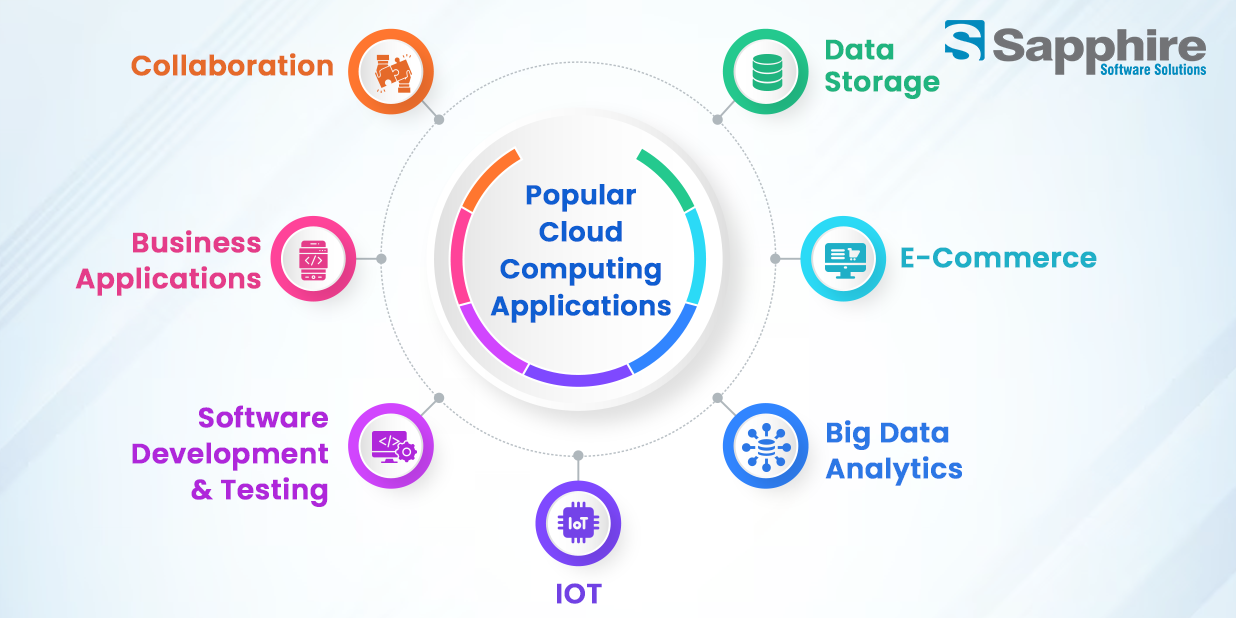
What Are the Cloud Computing Features that Set It Apart from Traditional IT?
These cloud computing features fundamentally change how IT works:
- Pay-as-you-go: Use 1,000 servers for 1 hour or 1 server for 1,000 hours – same price. This completely flips traditional capacity planning on its head.
- Self-service provisioning: Need a server? Click a button instead of submitting a request form and waiting weeks.
- Automatic updates: Wake up and the system is already patched. No more weekend maintenance windows! (I’ve lost count of how many Saturdays I got back from this alone.)
- Global reach: Deploy your app worldwide without dealing with data centers in different countries.
These cloud computing features may sound boring, but they’re game-changers in practice. Last year, we launched an entire new product line in 3 weeks – something that would have taken 3-6 months in the pre-cloud era.
How to Find the Best Cloud Computing Service Providers?
After some painful experiences, here’s my advice on choosing cloud computing service providers:
- Support that doesn’t make you homicidal: When things break at 3 AM, you need someone who can actually fix it. Test support BEFORE you commit. Call at weird hours. See how they respond.
- Transparent pricing without a math degree requirement: Cloud pricing can be absurdly complex. We switched one client from Provider A to Provider B because their bill went from 8 pages of line items to 2 pages of understandable charges.
- No handcuffs: Avoid 3-year commitments when possible. The cloud market changes fast, and today’s good deal might be tomorrow.
- Relevant certifications (that actually matter): If you’re in healthcare, your provider better have HIPAA compliance. Financial services? Look for SOC 2 and PCI compliance.
I’ve seen too many companies choose service providers purely on price, then end up spending 3x more on integration and support headaches.
What are the Key Factors to Consider When Choosing a Cloud Computing Developer?
Finding good cloud computing developers is brutally hard right now. Here’s how to separate the real deals from the resume padders:
- Practical experience over certifications: Yes, AWS/Azure certs show baseline knowledge, but I’ve met plenty of heavily certified people who couldn’t solve real problems. Ask about specific projects they’ve completed.
- Communication skills that don’t make you cringe: Technical brilliance means nothing if they can’t explain concepts to normal humans. During interviews, have them explain a cloud concept to your most non-technical team member.
- A security-first mindset: Good cloud developers build security in from day one, not as an afterthought. Ask how they handle sensitive data and access management.
- Problem-solving under pressure: Cloud systems will break at the worst possible times. Present candidates with realistic problems and see how they respond. We once hired a “senior cloud architect” with a resume full of big names who completely froze when we had a production issue. Turns out he’d always had a team handling real emergencies. Now we simulate outages during interviews.
A talented cloud computing developer can accelerate your business. A bad one creates expensive messes you’ll spend years cleaning up.
Why Sapphire is the Right Cloud Computing Company for Your Business Needs?
Sapphire Software Solutions stands out as a top cloud computing company that gets both business reality AND technical excellence.
What makes them different:
- Listen before recommending: Most providers have a favorite hammer and suddenly all your problems look like nails. Sapphire actually diagnoses before prescribing.
- Right-sized solutions: They’ve talked clients OUT of expensive options when simpler solutions would work better. That kind of honesty is rare.
- Teaching, not just doing: Their projects include training your team, so you’re not forever dependent on them. This approach builds capability, not dependency.
- Security isn’t an add-on: Every solution incorporates security from the ground up, not as a last-minute checklist item.
As a leading cloud computing company, Sapphire Software Solutions understands technology is just a means to business ends, not the goal itself.
Make Your Business Future-Ready with the Cloud
Bottom Line:
Cloud computing isn’t perfect. It trades some problems for new ones. But for most businesses, the flexibility, cost structure, and capabilities make it the smart choice. My advice? Start small, learn from initial projects, then expand gradually. The companies with the best results treat clouds as a journey, not a one-time project with a finish line.
The biggest risk isn’t moving to cloud – it’s getting left behind while competitors use cloud computing to become nimbler. I’ve seen it happen in industry after industry. Questions about cloud computing for your specific situation? Drop them in the comments or reach out directly. I’ve made plenty of mistakes you can avoid!



















